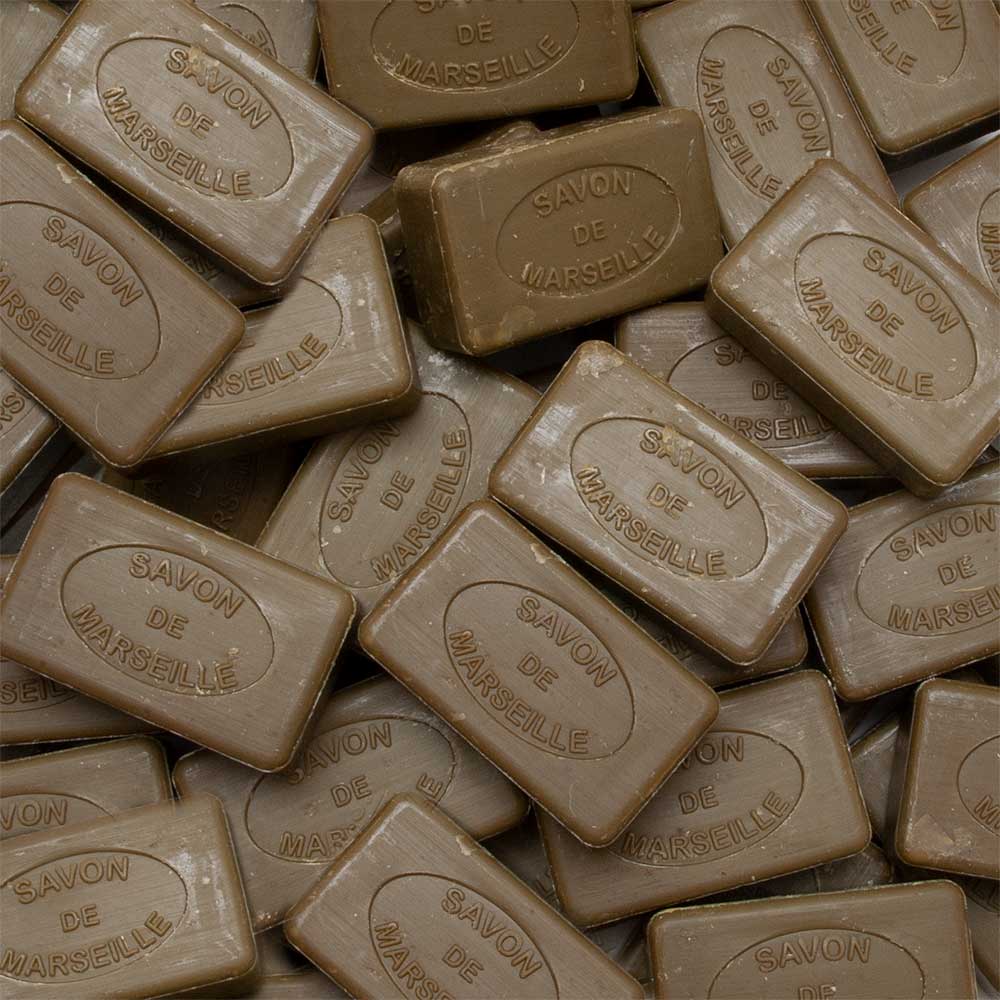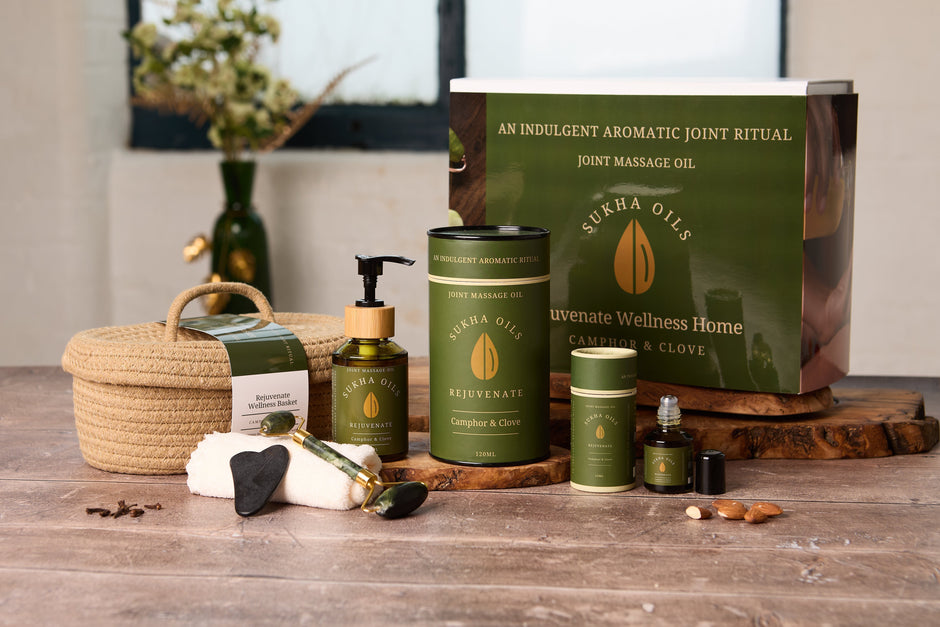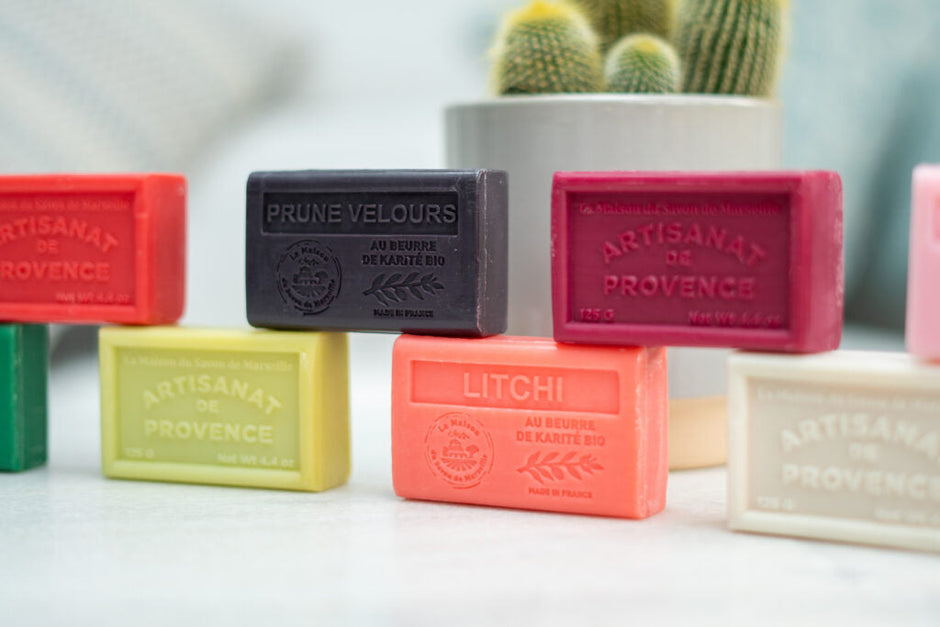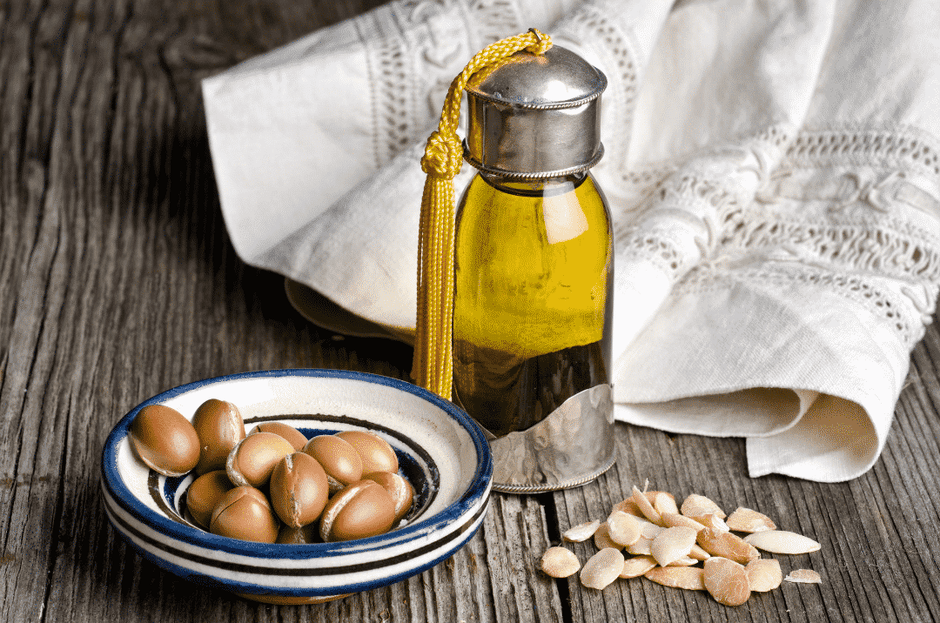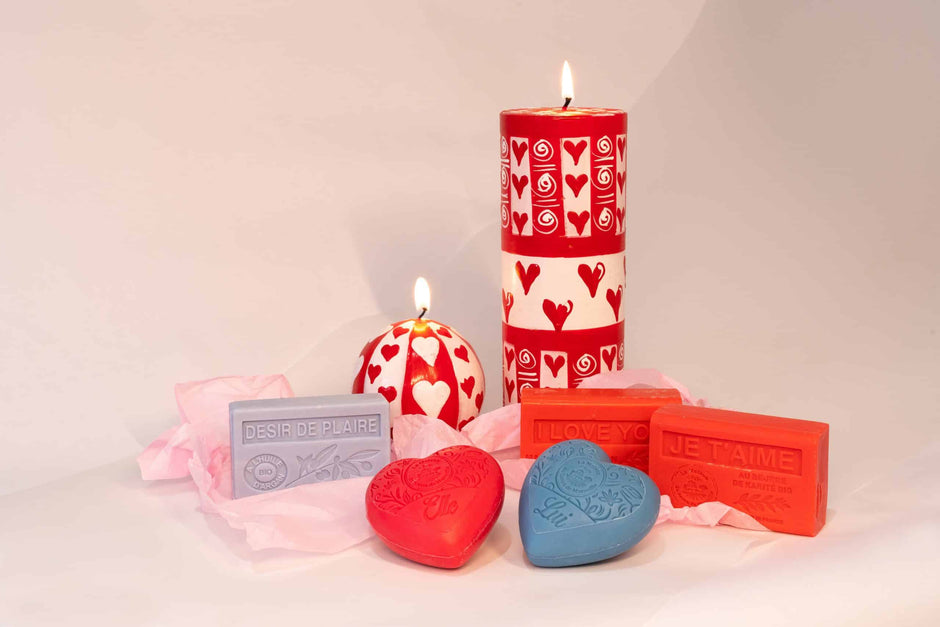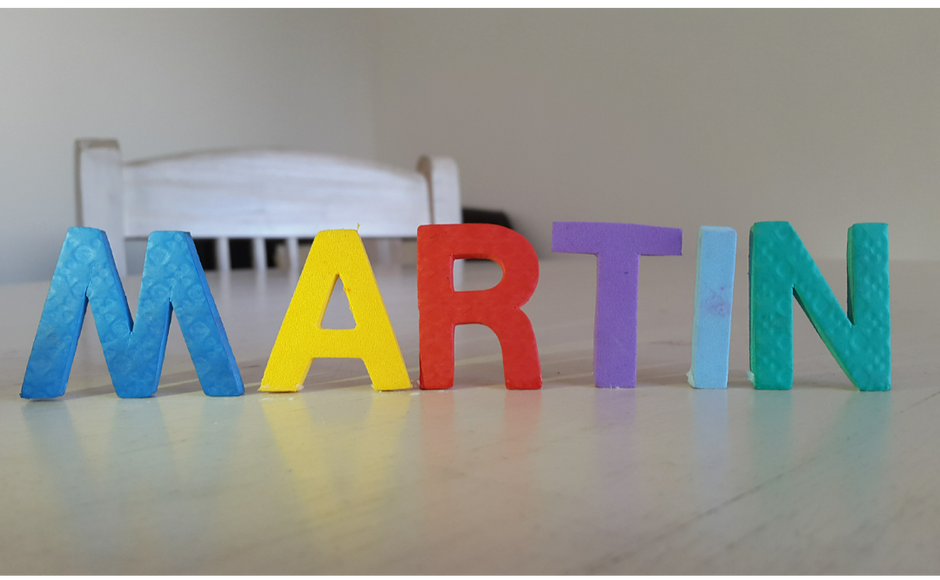A History of Savon de Marseille
If you stop to think of Marseille, you are probably thinking of sunshine, bustling harbours, beautiful coastal landscapes and endless lavender fields in the surrounding regions of Provence. What you might not know is that Marseille is also home to some of the most traditional soap that enhances the body and mind. The story of the soap is embedded into some of the rich history of France.
What is Savon de Marseille?
Savon de Marseille is known as some of the most prestigious soap in the world. Renown for its cleaning abilities, Savon de Marseille is suitable for all skin types thanks to its hypoallergenic properties and traditional composition of vegetable oils, sea salt, soda-ash and water. This composition is then saponified in a large cauldron, stirred and heated for days before being poured into a mold and being cut into bars and blocks.
Additionally, the soap is also suitable for laundry and general household cleaning thanks to the soaps degreasing and stain removing properties.
Thanks to the use of vegetable oils and the fact that no synthetic ingredients are used, Savon de Marseille is very environmentally friendly and sustainable.
Where did it come from?
This method of saponification with olive oil is thought to have originated from the middle east during the crusades. The method passed through Spain and Italy before eventually finding its way to the Provence region of France. Crescas Davin was the first named Marseille soap maker during the 14th century. In 1593 a man named Georges Prunemoyr opened the first soap factory in Marseille when demand began to exceed local needs.
The Journey through Modern History
As demand grew locally and nationally throughout the centuries, factories were built and by the year 1660, almost 20,000 tonnes of soap were being produced every year.
This led to many manufacturers imitating the process and using the Savon de Marseille stamp. As a result of this, in 1688 King Louis XIV introduced new regulations to ensure that Savon de Marseille remained true to it’s heritage and values. Some of the rules are as follows:
- The soap must be made in and around the Marseille region
- The soap process must be heated in cauldrons
- The soap must be made using only pure virgin olive oil.
- The soap must not include any animal fats
Local soap makers who did not follow these rules risked banishment from Provence.
Following the French Revolution the production of Savon de Marseille continued to expand reaching it’s peak just before the First World War with 180,000 tonnes being produced each year. Following the First and Second World War, the demand for Savon de Marseille declined as economies looked to recover and consumers looked for cheap alternatives that often contained many synthetic ingredients.
Savon de Marseille Today
In recent decades consumers have become more aware of their impact on the environment. This has led to Savon de Marseille growing in demand again as consumers look for environmentally friendly soap made without synthetic ingredients.
The rules set by King Louis XIV have since been amended to allow for other vegetable oils to be used in the saponification process. These include coconut oil, argan oil and traditional olive oil. These oils all provide their own benefits for skin and household cleaning.
There’s a short insight of how Savon de Marseille came to be but we would like to know your stories. Do you have any experiences with Savon de Marseille that you would like to share? Let us know in the comments below.
